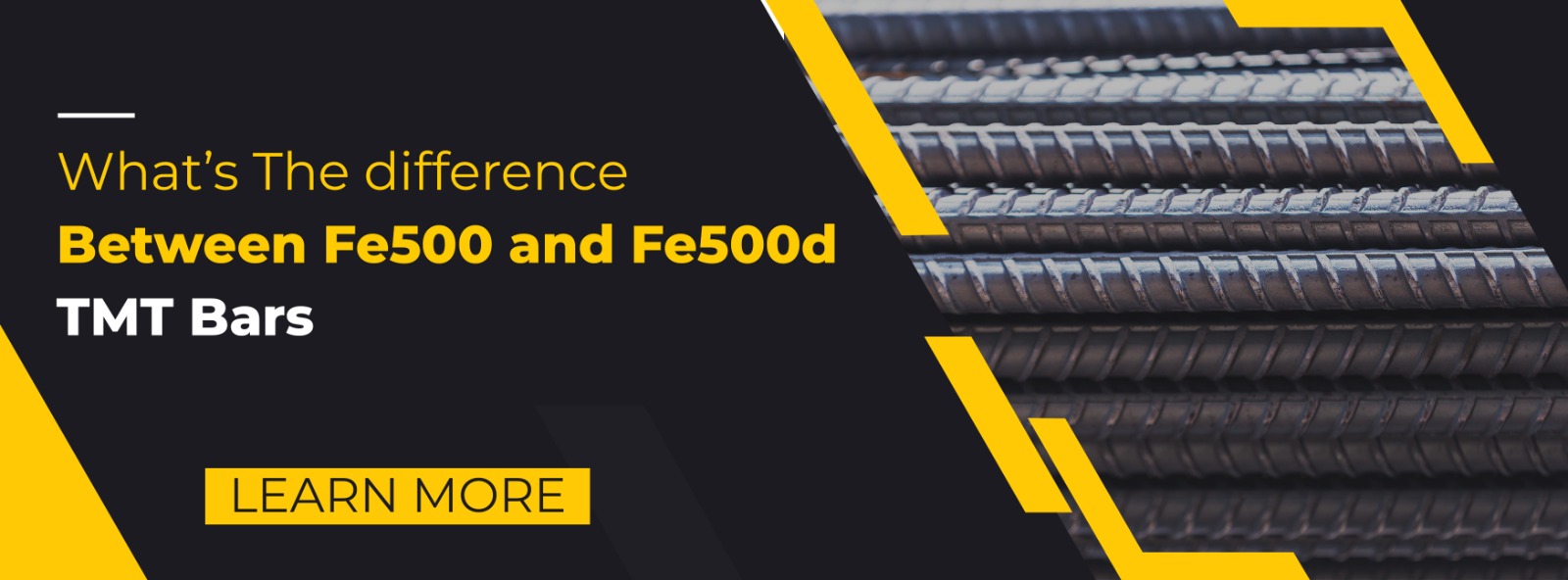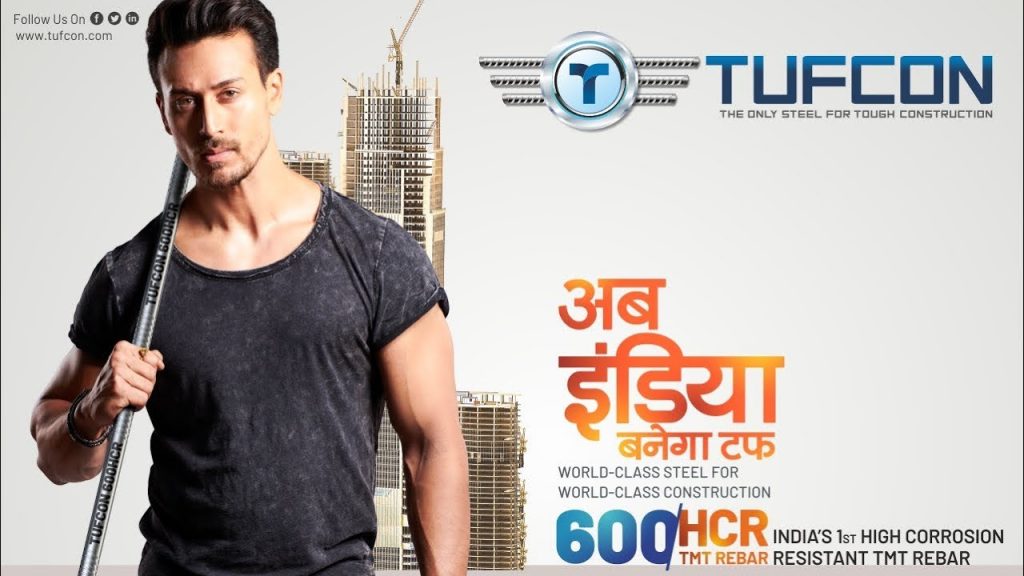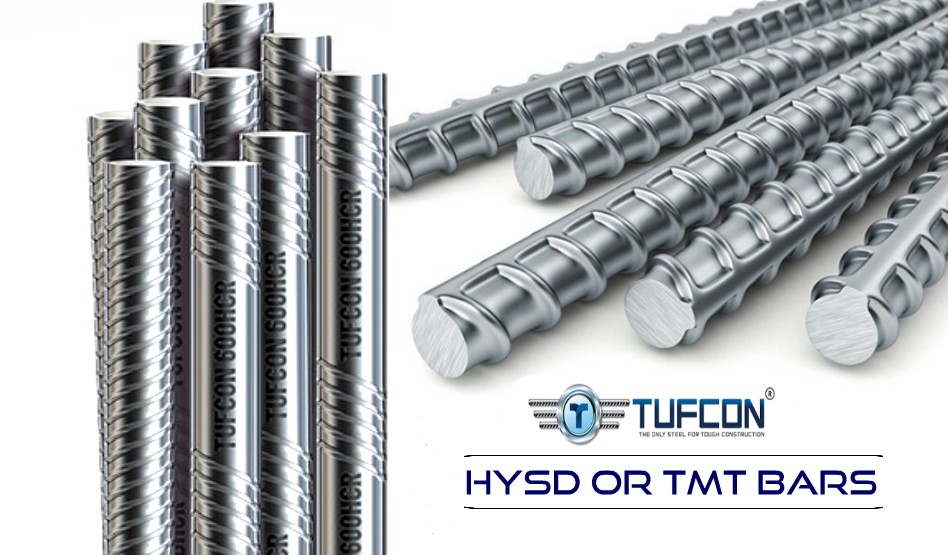When it comes to construction, selecting the right materials is crucial for ensuring the durability and safety of your projects. Two common grades of TMT (Thermo-Mechanically Treated) bars that are often used are Fe500 and Fe500D. While they may appear similar, they offer distinct advantages based on their properties and applications. In this post, we will explore the key differences between Fe500 and Fe500D TMT bars to help you make an informed decision.
Key Differences
Fe500 TMT Bars
- Grade: Fe500 refers to the grade of TMT bars with a minimum yield strength of 500 N/mm².
- Strength: Known for their high tensile strength, making them suitable for structures requiring robust support.
- Ductility: These bars have a percentage elongation of 12%, which means they are less flexible compared to Fe500D bars.
- Applications:
- High-rise buildings
- Bridges
- Structures where high tensile strength is crucial, but bending or twisting is minimal.
Fe500D TMT Bars
- Grade: Fe500D also has a minimum yield strength of 500 N/mm², but with enhanced ductility.
- Strength: Offers the same high tensile strength as Fe500 bars.
- Ductility: The ‘D’ stands for ductility. Fe500D bars have a percentage elongation of 16%, making them more flexible and capable of withstanding bending without breaking easily.
- Applications:
- Earthquake-prone zones
- Housing construction
- Structures that require bars to be bent or twisted
- Making complex shapes in reinforced concrete, offering better resistance.
Why Choose Fe500 or Fe500D?
Fe500 TMT Bars
Fe500 TMT bars are ideal for projects where the primary requirement is high tensile strength without the need for significant bending or twisting. These bars are perfect for:
- High-rise buildings
- Bridges
- Industrial structures
Fe500D TMT Bars
Fe500D TMT bars, with their higher ductility, are more suitable for environments where flexibility and resilience to bending or twisting are essential. These include:
- Earthquake-prone areas
- Residential housing
- Complex architectural designs
Our Commitment to Quality
We are a leading TMT manufacturing company specializing in the production of various grades of TMT bars, including the high corrosion-resistant 600 Grade HCR TMT. Our state-of-the-art facilities ensure that our products meet and exceed industry standards. Our mission is to be a reliable partner in shaping robust infrastructure by delivering top-notch materials known for their strength, quality, and performance.
Conclusion
Understanding the differences between Fe500 and Fe500D TMT bars is crucial for selecting the right material for your construction needs. Fe500 offers high tensile strength, ideal for heavy-load structures, while Fe500D provides enhanced ductility, making it perfect for projects requiring flexibility.
For more detailed insights and to find the best TMT bars tailored to your construction needs, feel free to reach out to us. Let’s build a stronger future together!


